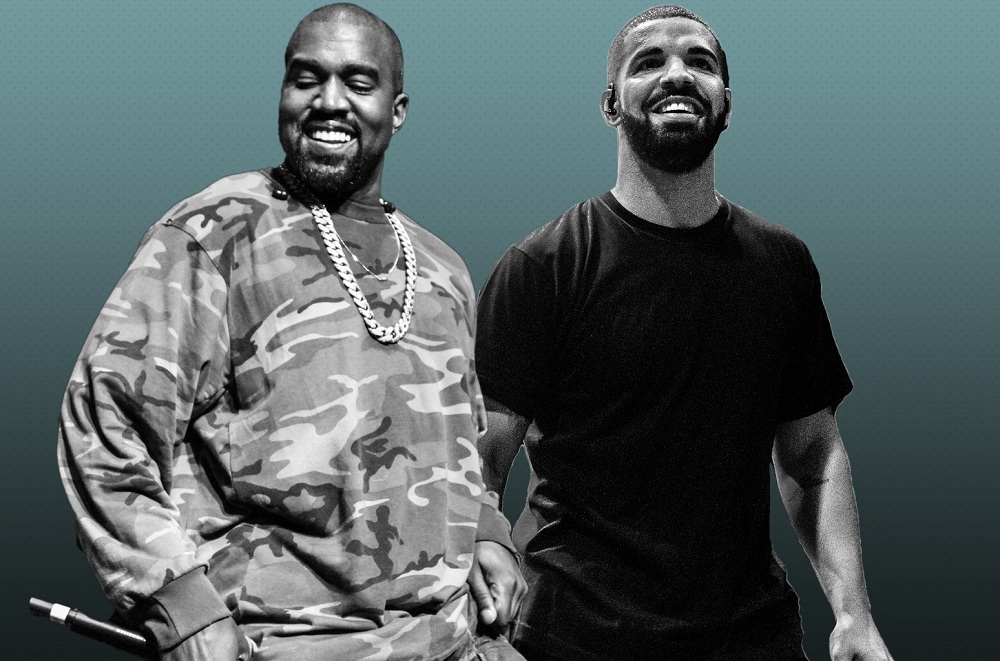Storytelling is as old as time. And in the digital age where about a thousand brands pop up every single day, it’s more important than ever not just to provide consumers with information but also to touch their hearts. If you own a business, you must know the value of proper branding and good marketing to reach your goals. Your brand is only as good as its products and back story. Here are the benefits of good storytelling and why your brand needs to tell its unique history in cohesive and impressive ways.
Understand brand storytelling
Brand storytelling is simply the art of using a narrative to help your consumers connect with your brand. It’s all about focusing on your brand’s values and ethos and ensuring that your customers can identify with it. It’s not so much emotional manipulation or building parasocial relationships; it’s about making sure that your audience knows that behind the brand, there are passionate people who stand for something, and it’s not just about selling products or turning a profit.
Hire experts
There are plenty of benefits to outsourcing this area of your business: For one, if this is not your strong suit, you can leave brand storytelling to the experts so that you can focus on what you do best, which is running your business. For another, you can be assured of the highest quality and best bang for your buck. One example of this is your corporate video production. While there’s nothing wrong with doing it in-house, if you don’t have people who have enough technical know-how or the equipment to create high-quality content, your corporate video can look cheap pretty quickly. If you’re planning on showing a video showcasing your brand’s rich history, mission, vision, and values, make sure that the right people make it with the most suitable tools.
Utilize storytelling elements

If brand storytelling is just like storytelling, make sure that you place your customers front and center in the narrative. Here are some ways to do that:
- Encapsulate what your brand stands for in a couple of words. Disney is not just about movies or theme parks; it’s about happiness and families coming together. Nike is not just about sports or shoes; it’s about athletic excellence. What does your brand stand for in 3 to 5 words? If you can’t come up with an answer, then Houston, we have a problem.
- Make sure the words you come up with resonate with your target audience. These words must represent your company’s values. Some brands throw words like innovation and integrity around but only because these words sound nice, not really because they reflect who they are as a company. Ensure that your brand’s values are not just buzzwords but truly reflect who you are as people, from the owners to the managers to the employees.
- Create a villain. Bringing in a bad guy or two is not about creating a victim narrative in your branding but bringing general awareness to the opposing forces that may want to destroy the narrative you’ve built with your brand. Some examples include systematic issues that tear down the fabric of our society, like racism or even something as massive as the climate emergency. The villain can also be internal processes and systems that disrupt the goals of your brand.
Make the customer the hero
Every story has a hero, and when it comes to brand storytelling, the hero should always be the consumer or the audience, and the brand the sidekick. This means communicating to your customer that your brand is there to help them reach their goals in life and that your company will be a key part in helping them achieve their bottom line.
Create a persona for your target market. Who are you trying to reach? What are their values and purchasing behaviors? Conduct plenty of research, send out some surveys, utilize every bit of data and information you can find, and use the data to profile your demographic. After you’ve done this, tailor your story and messaging to that specific customer pool. This is where personalized content comes in—it’s a tool that will help you speak to your target market and centering the stories around the customers instead of your brand.
Use storytelling to create a tribe of people that trust you and connect with your brand. More than a marketing strategy, it’s a way to connect with your audience at a human level and touch their hearts during these difficult times. Good luck!



